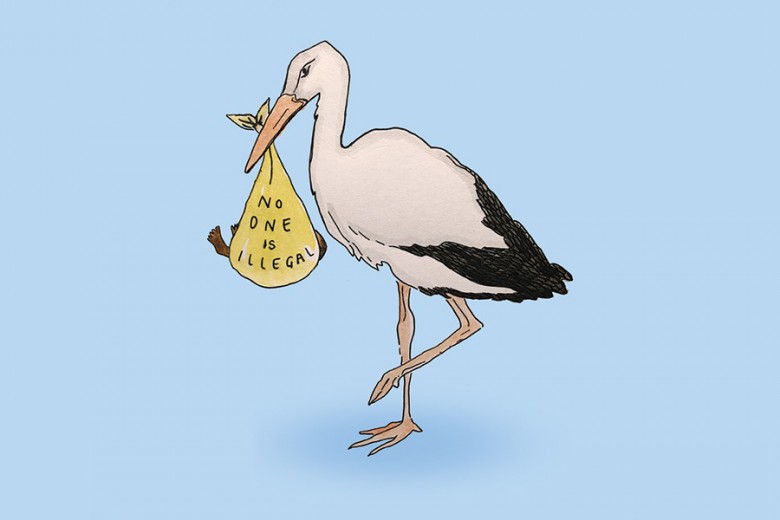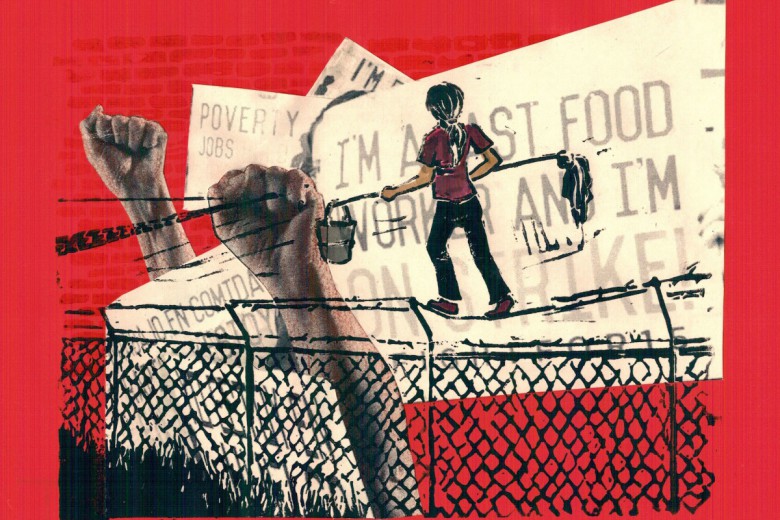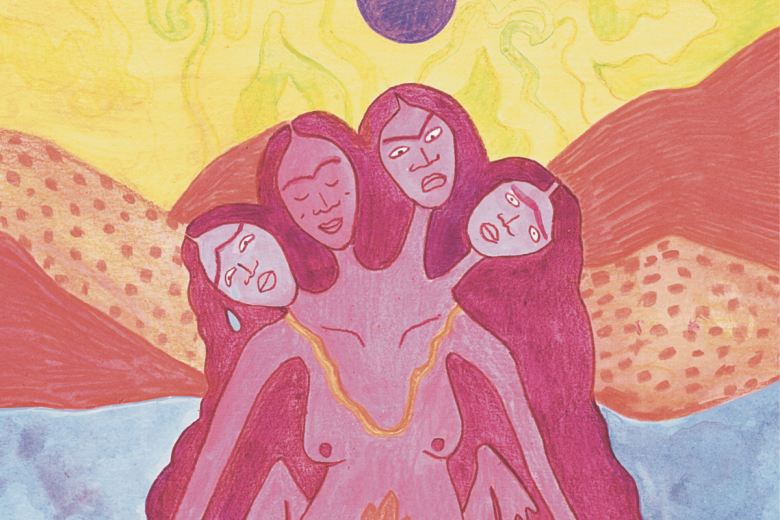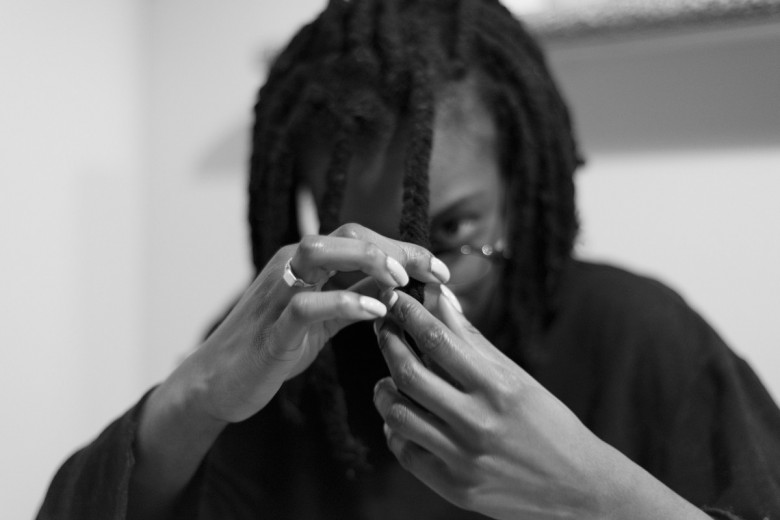
The day after Nova Scotia high school student Rehtaeh Parsons took her life in April, a headline read: “Bullying to blame in death of NS teen.” Months earlier, on the other side of the country, Amanda Todd hung herself to death in Port Coquitlam after posting a YouTube video discussing her torturous school life. In this case, mainstream media pointed to cyberbullying as the culprit. It doesn’t take much digging, however, to learn that both young women experienced sexual harassment or assault by young men.
Here, the language of bullying papers over the systemic realities of misogyny and gendered violence. Elsewhere, the term conceals racism, homophobia, and ableism. This terminology frustrates us: bullying obscures the effects of asymmetrical social structures and power relations, cloaking them as kids’ issues. Its vagueness lends itself to the emotional, hand-wringing responses we saw in the media after these suicides. Expressions of shock and outrage, while understandable, negate that experiences of sexual violence like Rehtaeh and Amanda’s happen all the time, though less visibly, to girls and women who are perhaps less relatable – less white, less pretty, less middle-class.
Vague terms and superficial reactions in the media match vague and superficial institutional responses like anti-bullying campaigns. These reactions barely hint at the systemic degradation and disempowerment encountered by young women such as Amanda and Rehtaeh. In her essay “White Privilege: Unpacking the Invisible Knapsack,” Peggy McIntosh says she “was taught to see racism only in individual acts of meanness, not in invisible systems conferring dominance on my group.” Similarly, in these young women’s cases, sexist actions are understood as individual instances of bullying rather than as being part of a system of dominance that privileges boys and men. We must demand more than anti-bullying campaigns from educators and ourselves if we’re serious about challenging the patterns of rape culture.
Anti-bullying campaigns and suggested changes to legislation invite us, further, to place our faith in bureaucratic solutions and systems of authority. We are troubled by this reflex to defer to state “experts” – services, programs, and government agencies – during moments that might otherwise spark constructive, critical dialogues about systemic problems.
Such knee-jerk reactions are readily folded into the conservative law-and-order discourse that prescribes criminalization and mandatory minimums in lieu of preventative measures and community-based initiatives. Rape and sexual assault are already serious and highly stigmatized crimes, yet according to Statistics Canada there are over 500,000 sexual assaults a year. Less than one in 10 is ever reported, with women between the ages of 15 and 24 the most frequent targets.
Many commentators acknowledge that the police failed to bring justice when it mattered for Rehtaeh and Amanda, as is routine in the “he said, she said” police interpretation of many rape cases. Even with photographs of the rape in the Rehtaeh Parsons case, the evidence was deemed insufficient. Nova Scotia Justice Minister Ross Landry did ask for a review of the case but stressed: “It’s important that Nova Scotians have faith in the justice system.” Here, the impetus for reviewing the case is to bolster trust in the justice system instead of addressing the cultural logic that makes rape endemic in spite of its criminalization.
We believe hands-off funding for independent rape crisis centres and community initiatives aimed at critical re-education would be more effective than legalistic tinkering. But our proposals emphasize collectivity in a society where collective action is an abstraction.
Anti-bullying discourse is appealing because it is apolitical and individualistic, emphasizing free will and agency: each person can change their surroundings by simply being nicer. Ironically, this discourse can result in blaming and shaming, putting the onus on victims or people who are structurally disadvantaged to correct the situation.
The idea of bullying relegates violence to something that people grow out of in the ostensibly unlimited agency of adulthood. But we only have agency within given systems and embodied histories. Agency is social, uneven, conditional.
Before even posing the question – “How can we prevent this?” – that sparks so many anti-bullying campaigns, we wonder if it’s more useful to ask ourselves whether we’re open to the kind of change that far-reaching prevention requires. We can prevent these deaths and the injustice that leads to them. The question is, are we really willing to change not only ourselves but also the social systems in which we participate?






